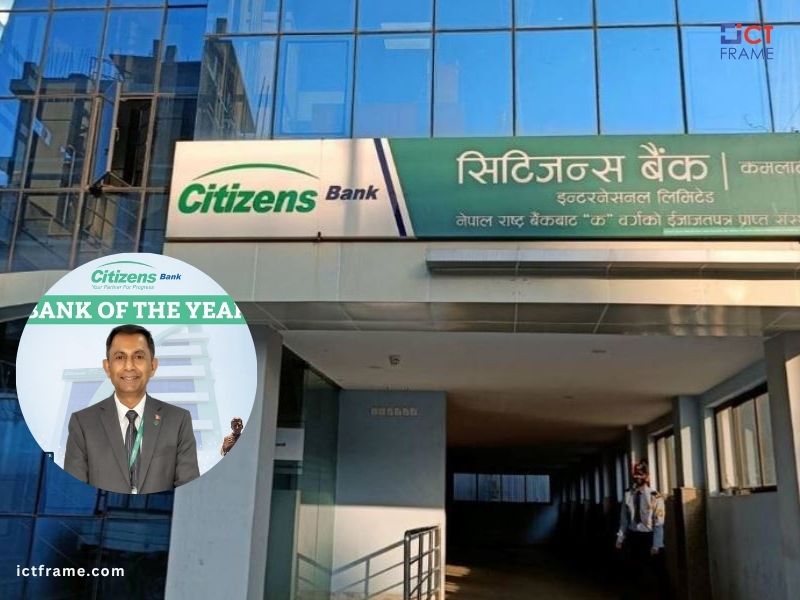Gurans Laghubitta Schedules 10th AGM on November 9, Book Closure on October 31
19th October 2025, Kathmandu
Gurans Laghubitta Bittiya Sanstha Limited (GLBSL) has announced its 10th Annual General Meeting (AGM) for November 9, 2025 (Kartik 23, 2082), with a critical agenda: the endorsement of a 15% total dividend for the fiscal year 2024/25.
Gurans Laghubitta’s 10th AGM
This proposal is a highly strategic financial move, composed primarily of a 14.25% bonus share and a minor 0.75% cash dividend (for tax purposes). The decision to predominantly issue bonus shares holds significant implications for the company’s balance sheet, its market perception, and the financial standing of its shareholders. This strategic approach aligns with typical microfinance sector practices in Nepal, balancing the need to reward investors with the imperative to conserve cash for core lending operations and statutory capital increase requirements.
The Dual Impact of the 14.25% Bonus Share
The centerpiece of the dividend proposal is the 14.25% bonus share, valued at NPR 1,650,855.75, which will be distributed against the current paid-up capital of NPR 11,584,950. This bonus issue results in a direct and substantial impact on both the company’s internal financials and the shareholder’s portfolio.
1. Impact on Gurans Laghubitta’s Paid-Up Capital
The primary and immediate effect of the bonus share issuance is the increase in the company’s paid-up capital. By capitalizing reserves and accumulated profits, the company converts internal retained earnings into permanent equity capital. The bonus share value of NPR 1,650,855.75 will be added to the existing paid-up capital of NPR 11,584,950, raising the total post-adjustment paid-up capital.
Internal Capital Strength: This process strengthens the company’s equity base without requiring any external cash inflow. For microfinance institutions regulated by the Nepal Rastra Bank (NRB), maintaining a robust capital base is crucial for regulatory compliance, demonstrating financial stability, and supporting future growth in lending activities.
Conservation of Cash: The heavy weighting toward bonus shares (14.25%) and the minimal cash dividend (0.75%) is a clear signal that the company prioritizes cash liquidity. Microfinance institutions require significant cash reserves to manage their loan portfolios and sustain lending growth, which is their primary revenue driver. By issuing bonus shares instead of a larger cash dividend, GLBSL can retain distributable profit as cash within the organization.
2. Impact on Shareholders and Market Dynamics
For shareholders, the 14.25% bonus share translates to receiving free additional shares proportionate to their current holding. This offers several perceived advantages, despite the theoretical lack of change in the overall proportional ownership.
Increased Shareholding and Wealth Perception: Shareholders gain more shares without any additional investment, which is often viewed as an immediate increase in wealth and a successful reward for their investment.
Enhanced Liquidity: The issuance of new shares increases the total number of outstanding shares in the market. This typically leads to a corresponding decrease in the market price per share, which enhances the affordability and liquidity of the stock. A lower per-share price can attract more retail investors, further increasing trading volume and market interest.
Tax Efficiency: From a shareholder’s perspective, bonus shares are generally not taxable at the time of issuance in Nepal. Taxation usually only occurs when the bonus shares are subsequently sold, often under the head of Capital Gains, making it a tax-efficient way to receive returns compared to a large cash dividend.
Investor Trust and Goodwill: Distributing a respectable dividend, even if primarily through bonus shares, signals the company’s profitability and commitment to rewarding shareholders, thereby bolstering investor trust and corporate goodwill in the market.
Context of the Microfinance Sector and Regulatory Landscape
The strategic decision by Gurans Laghubitta to issue a 15% dividend, capped at the threshold, is heavily influenced by the prevailing conditions and regulatory environment in the Nepali microfinance sector.
Regulatory Influence and Dividend Cap
The Nepal Rastra Bank (NRB) plays a direct role in shaping dividend policy for microfinance institutions. According to past directives, if a microfinance institution proposes to distribute dividends (cash or bonus) of more than 15% annually, a significant portion of the amount exceeding 15% must be set aside for the general reserve fund and the client protection fund. By proposing a total dividend of exactly 15%, GLBSL is strategically maximizing its distribution to shareholders while successfully navigating and avoiding the restrictive reserve and fund requirements triggered by a higher payout. This demonstrates shrewd capital management within the regulatory framework.
Financial Health and Base Rate Context
While the full financial reports are subject to AGM approval, the willingness to propose a 15% dividend suggests a profitable fiscal year 2081/82. Although microfinance companies have recently faced challenges related to a liquidity crunch and a high cost of funds, as evidenced by GLBSL’s fluctuating but often high base rate throughout the year, the proposed dividend reflects a strong belief in the company’s ability to maintain sufficient retained earnings for distribution. The dividend announcement acts as a market signal of financial stability and operational success amidst challenging economic conditions.
Key Proposals and Shareholder Action
The 10th AGM agenda covers several routine but important corporate governance matters, in addition to the dividend.
General and Special Resolutions
Shareholders who are registered on or before the book closure date of Kartik 13 will be eligible for the 15% dividend payout and are entitled to attend and vote at the AGM on Kartik 23.
Routine Approvals: Key proposals include the approval of the FY 2081/82 Annual Report and Financial Statements, which provides the foundation and justification for the proposed dividend. The reappointment of auditors for FY 2082/83 is a standard governance requirement to ensure external financial oversight.
Capital & Charter Amendments: The special resolution to amend the Articles of Association is a necessary follow-up to the bonus share issuance. The Articles must be updated to formally reflect the resultant increase in the company’s authorized and paid-up capital, legally formalizing the capitalization of reserves.
Board Empowerment: Authorizing the Board to make further regulatory amendments ensures the company can swiftly comply with any final directions from the Nepal Rastra Bank, making the entire dividend and capital adjustment process more efficient. The election of four directors from the founder shareholder group is also a key corporate governance item that determines the future leadership and strategic direction of the company.
In summary, Gurans Laghubitta’s 15% dividend proposal, heavily skewed towards bonus shares, is a multi-faceted strategic decision that successfully rewards investors, conserves crucial organizational cash, enhances market liquidity, and adheres to the delicate regulatory environment governing microfinance institutions in Nepal.
For More: Gurans Laghubitta’s 10th AGM








